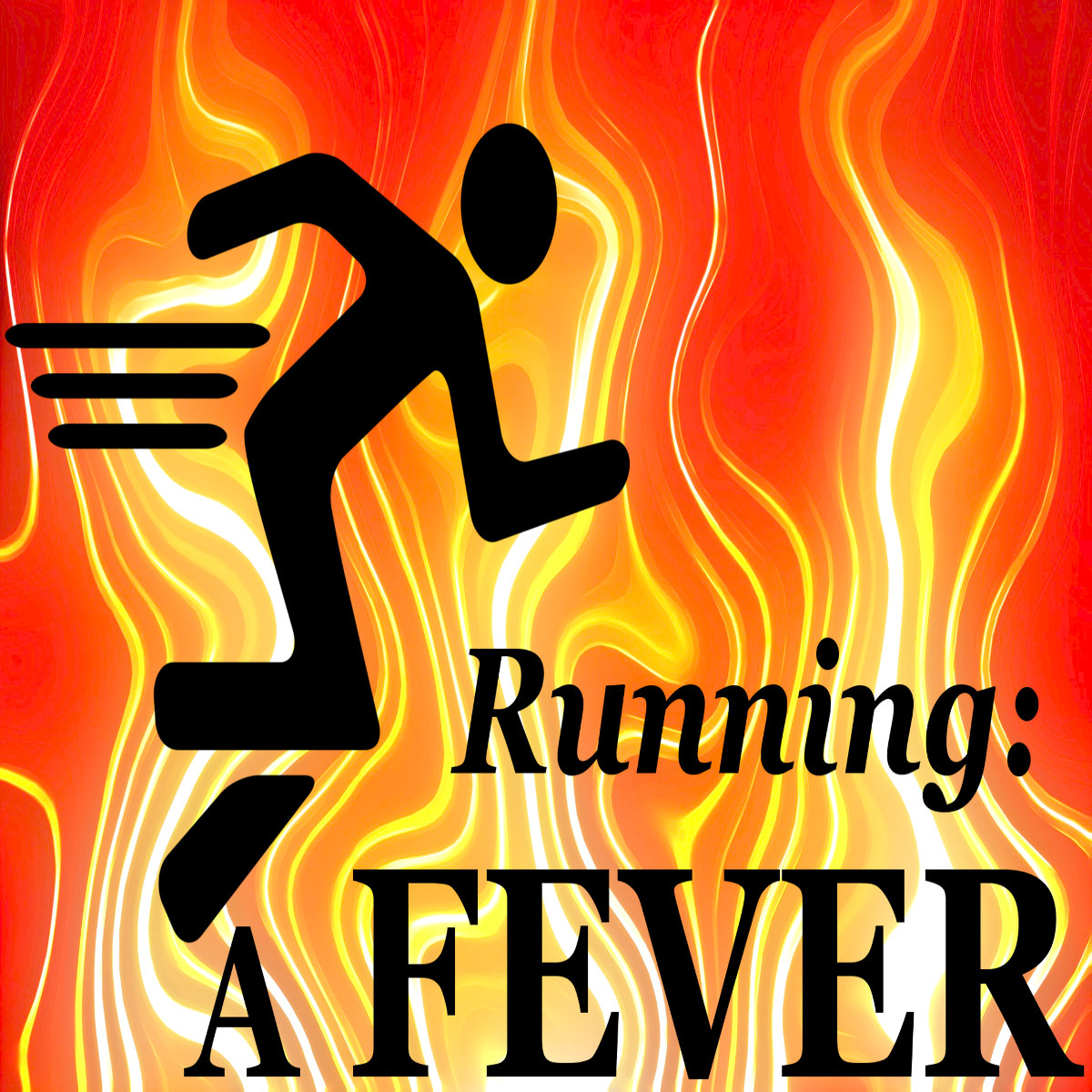I love honey, especially our local Mountainburg honey and other local honeys around here. Hmm . . . local honeys . . . Uh, anyway Mountainburg honey has a nice buttery flavor. I eat it on toast with Smart Balance, but I probably use more of it making homemade granola. And it seems to taste even better when I think that it’s good for me. But is it?
I wanted to find out more, so here’s what I learned.
Types of honey: Raw Honey, Pasturized Honey.
What’s the difference? Pasturized honey (it’s just called Honey in the grocery store) has a reduced number of nutrients. It does not contain bee pollen and bee propolis. There are two reports (see references) that say these two ingredients have anti-oxidant, antibacterial, and anti-cancer benefits.
Honey in general offers several important benefits:
Antioxidant effects. This is well documented and well known, but antioxidants are great for reducing your risk of chronic disease. I like to think that they prevent oxidation, which, in the case of metal, is known as rust.
Nutrition. The cool thing about honey is it is different depending on where it came from and the types of flowers the bees used to make it. But it includes varying amounts of niacin, riboflavin, pantothenic acid, calcium, magnesium, manganese, potassium, phosphorous, and zinc.
Antibacterial. Honey actually contains hydrogen peroxide! You can even cleanse wounds with it.
Wound healing. Apply directly to a cut and put a bandage over it.
Cough suppressant. It is as good as over-the-counter remedies, and better for kids for whom these drugstore remedies are not safe. Just take a teaspoon of RAW honey and don’t drink anything for a while.
Treating diarrhea. Just use a teaspoon, otherwise could make it worse.
Protects the brain. By stopping inflammation of the hippocampus, which is involved in memory.
We talked about some of these in the episode on beans, but one may be new to you, pantothenic acid. The common name for it is vitamin B5. It’s needed for metabolize proteins. You need 5mg per day. You can get that in something like 125,000 tablespoons of honey…if my math is correct.
Honey has a medium glycemic index of 58, so a better choice than other kinds of sugar there.
Cons. The most obvious is that it is high in calories. 1 tablespoon = 64 calories. After all, chemically, it is just sugar. You also get the problems that fructose causes, which is beyond the scope of this episode. Don’t take it if you’re under one year old – so my godson Eli will be able to take it next month I think.
Here’s a tip . . . raw honey can become crystalized, but don’t throw it out. You can reliquify it by setting the jar in a pot of boiling water. Using this method, you can keep your honey liquified for at least several weeks.
If you’re looking for raw honey, be sure it says “raw honey” on the jar. In 2019 the FDA updated their guidance on labeling of honey. If you call it honey, it must contain only honey. I was in the grocery store just yesterday, and I was going to look around, but neglected to. After I got home I remembered this Popular Science article I read about this new thing called The Internet.
There is a wide variety of honey for sale, and most of it now has the “raw” label on it. One was tagged “extremely raw”!
So, go get yourself some honey. All things in moderation, but it looks like it’s generally a good idea.
References:
https://www.medicalnewstoday.com/articles/324997#what-is-it
https://www.ncbi.nlm.nih.gov/pmc/articles/PMC5549483/
https://www.ncbi.nlm.nih.gov/pmc/articles/PMC4377380/
https://www.healthline.com/nutrition/why-is-fructose-bad-for-you#section2
https://en.wikipedia.org/wiki/Pantothenic_acid
https://www.fda.gov/files/food/published/Draft-Guidance-for-Industry–Proper-Labeling-of-Honey-and-Honey-Products-%28PDF%29.pdf
